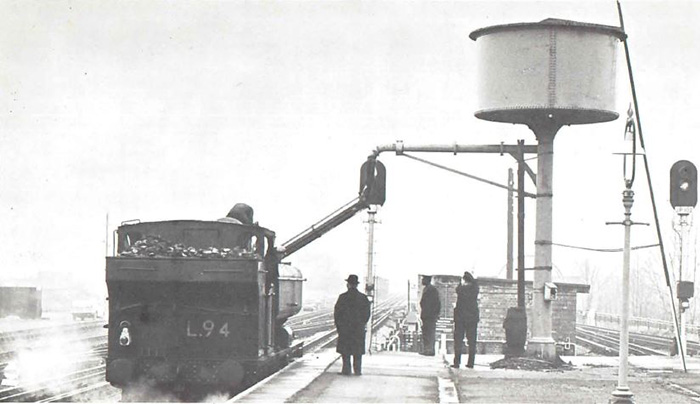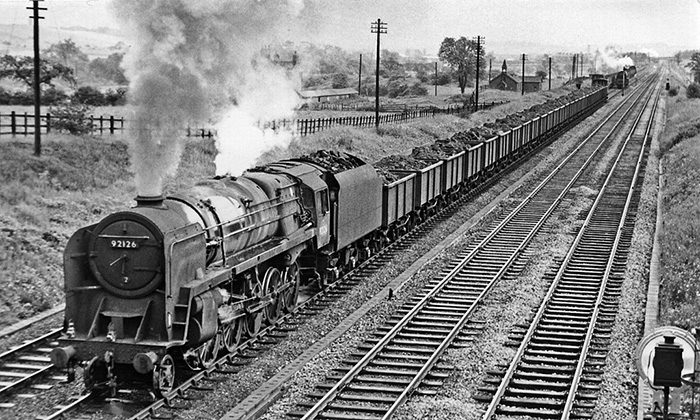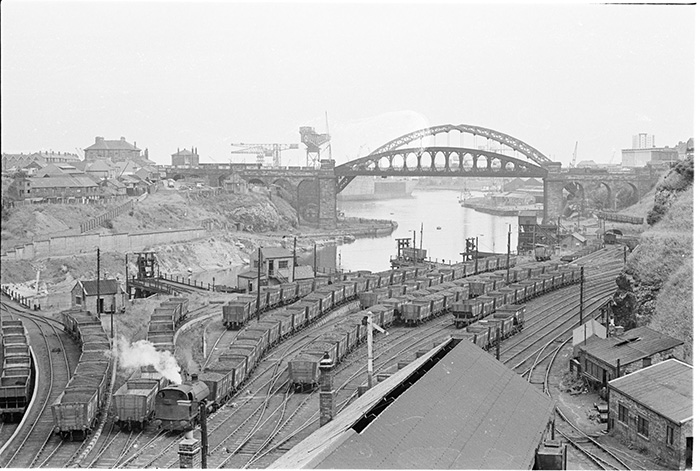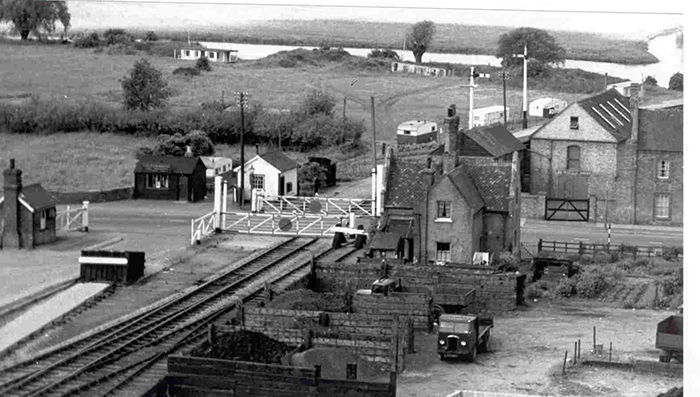

 STUART JORDAN explains why it's important to have the right fuel for your steam engine.
STUART JORDAN explains why it's important to have the right fuel for your steam engine.
These two materials are the essential ingredients that are required to make steam traction work. But how was the best source chosen? Why is it important to have the best quality water and coal?

The water used in a steam locomotive had to be excellent quality. If it was taken from lakes or rivers, the water was almost certainly contaminated with organic matter which would impede the flow. Although cleaner, water from boreholes may be quite hard; by this, it is meant that the water contains high levels of calcium and magnesium salts. These salts are baked in the high pressure and temperature in the boiler, forming scale on hot surfaces or sinking to the bottom as sludge. Silica in water can give off pure oxygen when heated which can cause corrosion in the metal.
Scale is especially dangerous as it lowers the heat conductivity of the boiler walls, slowing the heating of the water by the fire. This can lead to the firebox and tubes overheating and buckling leading to a catastrophic collapse of the firebox.

In order to soften the water many railways had lineside chemical plants in hard water areas. Hydrated lime, sodium carbonate, or sodium aluminate would be added to the water to remove organic impurities via filtration. Some BR Standard locomotives had a space in the tender for a water softening block, allowing them to treat the water on the move!
The vast majority of British steam locomotives were designed to burn coal. There were many different varieties of differing quality, however, so often railway companies would design their locomotives to burn a particular type that was easy to obtain in their location.

The heat from coal depends on the carbon and hydrogen content, with the higher percentage of these elements present the better when it came to burning in steam locomotives. This is known as the calorific value of the fuel.
This chemical composition is very important, for many different factors. Burning coal in a firebox can form a mass over the fire, known as a ‘cake’. With the right coal, the cake can easily be broken up by the fireman to restore airflow. Low ash and sulphur content is also desirable, as the two together can fuse in relatively low temperatures, forming ‘clinkering’ on the firebars. Ash can also clog the boiler tubes and can damage metal surfaces as it is blown around at speeds up to 200mph. High sulphur content can lead to acids forming in the smokebox and firebox, damaging the structure.

The quality of the coals themselves can also affect how the locomotive runs. Coal which consists of large amounts of dust and slack (fine pieces of coal) can burn inefficiently, with the dust being blown straight out of the chimney without being burned. Slack, like ash, can block the boiler tubes. Black smoke out of the chimney of a locomotive is a sign of inefficient fuel consumption.
Low ash, non-caking bituminous coal was available from collieries in Lancashire and Yorkshire. The GWR used Welsh semi-bituminous coal, which had more carbon but required a skilled fireman to make it burn more efficiently.